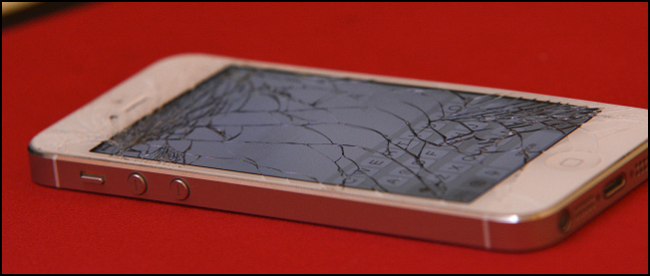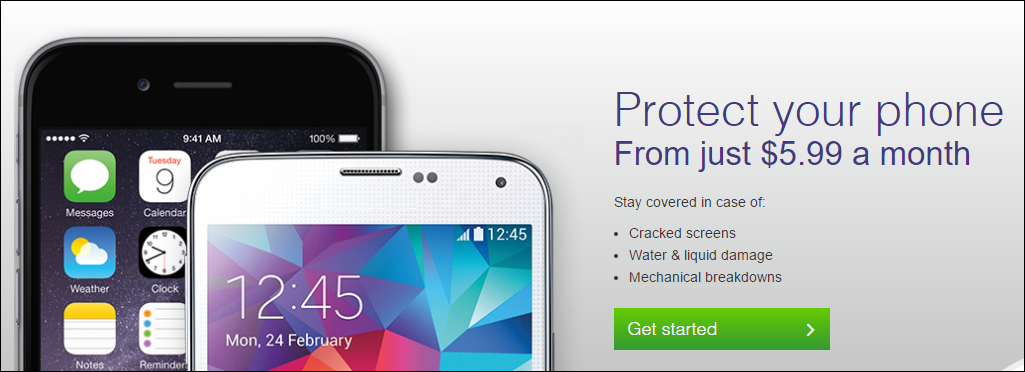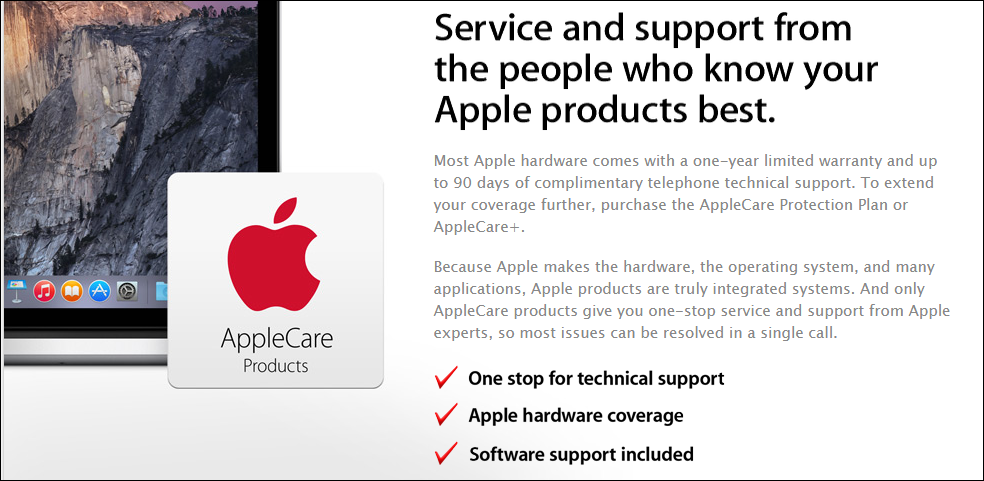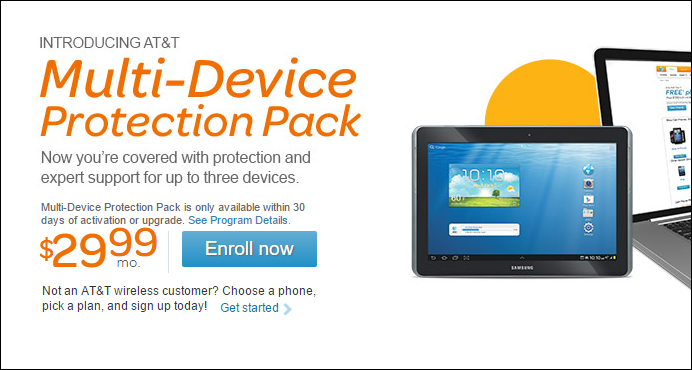Like cars and homes before them, mobile devices have become an integral part of our lives, something we all need to stay current on the days events or respond to emails while on the road. But what can you do to protect them in case your case can't protect them from threats external or otherwise?
We've all been there before. You've just gotten done eating a greasy pile of fries, go to pick up your phone, only to have it slip right out of your grip and crash onto the tile floor with an unceremonious 'crack' on the landing. You hesitate to flip it over, fearing the worst has finally happened: at best, a broken screen, and at worst a trip to the store to talk to someone about how much it costs to get a dead device replaced entirely.
Thankfully for the more clumsy among us, insuring your electronic devices against damage, breakdowns, or theft is easier (and cheaper) today than it's ever been before, so check out our guide on some of the best services available to figure out which one is right for you and your pocketbook.
Protect Your Bubble
To start off, it's always good to go with what you know.
The third-party independent insurance company Protect Your Bubble is a service I use myself, and personally I couldn't be happier with it. As it happens, just the other day I found myself staring at a black cracked screen when I opened up my laptop after a long flight, the end result of some rough turbulence combined with an overly-cramped overhead storage compartment. Thankfully, because I had already registered my laptop with the company last year and paid my monthly dues on time, all it took was one simple call to start a claim, get a shipping label printed, and have my laptop on its way to the repair facility for no money down and no upfront deductible within a few short hours of touching down on the tarmac.
Protect Your Bubble is great not only for its ease of use, but also because it goes well beyond the scope of simply protecting mobile devices. The company offers a wide range of available plans, covering everything from your plasma TV to your dishwasher, and pretty much any electronic device in your home that has a plug or some kind of fragile breakable screen attached.
PYB is one of about a dozen independent insurance vendors who offer similar services around the same price, with the only variations coming in the deductible you owe whenever you make a claim. Of all the different options out there (Asurion, ProtectCell, and Esurance just to name a few), in our research we found that Protect Your Bubble offers the best combination of simplicity, price, and customer support when it comes to setting up a new plan or managing your preexisting account.
Apple Care
Next up, there's Apple Care. For anyone out of the loop, Apple Care is that thing technicians at the Genius Bar ask you if you purchased every time you walk into one of their stores with a broken laptop or smashed iPad in hand. At its most basic, Apple Care is the company's in-house version of an extended warranty that covers most cases of damage that any of your Apple devices might suffer after the complimentary 90-day limited warranty expires, including everything from water-fried logic boards to sticky space bars on your Macbook Pro.
Like the other insurance options listed here, each plan comes with a different price tag depending on the device you have and the type of coverage you want to sign up for. The difference between Care and the rest, however, is that to sign up for Apple's service, you must pay for an entire year upfront within two months of your original purchase, rather than a month-to-month schedule like Protect Your Bubble or any offerings from your local carrier.
Obviously, the ability to opt in to Apple Care will only apply to card-carrying members of the Apple clan, so if you want to secure your Chromebook or Android tablet against disaster you'll need to choose one of the other options listed here. Apple Care plans start at as low as $59.99 annually for devices like an 32GB iPod Touch, and go all the way up to $349.99 for a 15" Macbook Pro with Retina Display.
Carrier Insurance
Bringing up the rear, there's carrier insurance. Often handled by third-party companies that are loosely associated with the telecom themselves, these plans can vary wildly between carriers and devices, with some offering comprehensive protection for any instance of damage or theft, while others will only offer the bare minimum insurance (if any at all). Your best bet when going this route is to check in with your provider personally, and discuss the different options with an agent either over the phone or in the store itself.
If you do intend on going this route, it's recommended to get enlisted whenever you sign up for a new phone rather than after, as the rates will generally be cheaper if you buy them as part of a package deal with a fresh two-year contract. That said, perhaps the largest caveat to using the carrier's plan as opposed to an independent company is the coverage will only last for as long as you're with your provider, and nine times out of ten they'll only cover a phone, or if you're lucky, a tablet that you bought at their own store.
Prices for device protection through your carrier can range between anywhere from $5 to $50 per month, depending on your service and the number of devices you're trying to protect.
For all our triumphs and successes in creating these marvelous miniature phones that can squeeze into our pocket, humans are just as good at making technology as they are at accidentally dropping it in the toilet. If you value your electronics and want them to outlast that next forgotten trip to the bar, the best way to guarantee you won't be pulling your hair out the next morning is to pick up a custom-tailored insurance plan that's suited to your personal budget and lifestyle before it's too late.
Image Credits: Pixabay, Protect Your Bubble, Apple, AT&T




